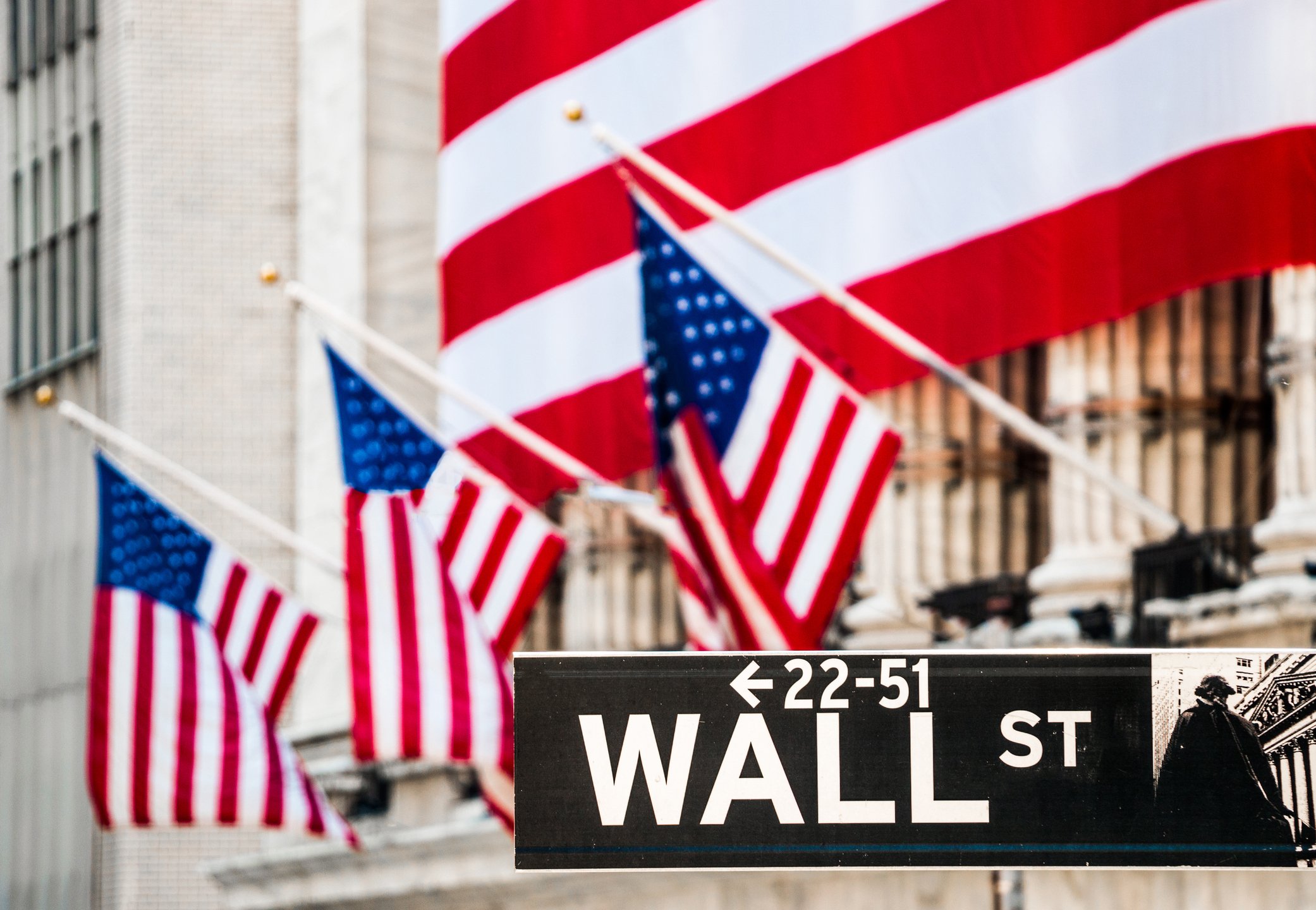A combination of factors has driven market volatility to historic levels in 2020, dropping the S&P 500 (^GSPC +0.19%) about 23.4% year to date, with most of those losses coming in less than a month's time frame. Maintaining a long-term perspective on investing is difficult during heightened market volatility; however, recessionary periods can create opportunities for shareholders to purchase quality companies at a discount.
The share price of Walmart (WMT +0.23%) has weathered the 2020 market volatility much better, with a decline of roughly 3.5% year to date -- almost 20 percentage points better than the S&P 500. When measured against an even longer timeframe -- like since the Great Recession of 2008-09 -- An investor purchasing Walmart stock then would be holding an impressive gain.
Let's see how much an investor would have today while also seeing if investors should continue to hold those shares in what is bound to be a recession in 2020.

Image source: Getty Images.
Impressive returns with a minimal drawdown
The Great Recession began in December 2007 and ran through June 2009. The S&P 500 hit bottom on March 9, 2009, closing at 676. The share price of Walmart that day closed at $36.12 per share, giving an investor roughly 27 shares if they invested $1,000 in the stock that day.
The share price of Walmart is currently trading around $110 per share, which would give a gain per share of $73.88, or $1,995 in total shareholder profit, a 205% return on investment. During this period, Walmart paid shareholders $21.75 per share in dividends, which gives a shareholder an additional $587, and a total profit of $2,582 -- a 265% total return on investment and a 9.3% compound annual growth rate (CAGR) over the 11-year period. During the same time period, the S&P 500 performed very well with a CAGR of 11.9% -- 2.6 percentage points above Walmart.
Walmart is one of the 500 companies within the S&P 500, the 30th largest to be exact, with a weight of 0.71%. Companies such as Microsoft, Apple, Amazon.com, Facebook, and Alphabet are also S&P 500 stocks and are all weighted heavier than Walmart, in addition to carrying higher betas delivering significant gains for the S&P 500. Looking at Walmart's beta (a measure used to determine the price movement correlation of a company's share price in relation to the S&P 500) of 0.60, you can see why Walmart's share price held up during the recent sell-off. A price movement of the S&P 500 of $1.00 up or down historically shows the share price of Walmart only moving up or down $0.60.
A retail giant
The size of Walmart cannot be underestimated. As the world's largest retailer, Walmart employs over 2.2 million associates globally. In March 2020, Walmart announced a plan to hire an additional 150,000 associates, as the demand for products from consumers during the coronavirus pandemic is putting a strain on the workforce and supply chain.
Total revenue (excluding currency impact) for fiscal 2020 was $528.1 billion, a 2.7% year-over-year increase from fiscal 2019's revenue of $514.4 billion. Generating $25.3 billion in operating cash flow while paying shareholders $11.8 billion in dividends during fiscal 2020 is something to write home about. Additionally, Walmart has a forward dividend yield of 1.97% with a dividend growth history of 46 straight years and counting.
Continuing to impress
Overall, Walmart is a growing retailer that recognizes the importance of maintaining a strong presence in brick and mortar while expanding its e-commerce operations. As efforts to stem the spread of COVID-19 continue to depress the global economy, consumers will continue to stock up on items, generating sales for Walmart. Fiscal 2021 guidance projects earnings per share (EPS) between $5 and $5.15 with revenue growth of 3% for the year. However, don't be surprised if there are mixed results over the next few quarters, as the extent of the negative effects of coronavirus is still to be determined.
Shares of Walmart are trading at a forward price-to-earnings of 21.37, which is on the high side in comparison to the beaten-down sector median of 15.61. However, Walmart has risen above the segment during the pandemic -- staying well ahead of retail competitor Target's (TGT +0.66%) year-to-date share price loss of 26.11%.
As one of the largest companies by revenue globally and the largest retail employer, Walmart's reach is significant. Holding shares of Walmart is an easy decision, as the global retailer continues to dominate the brick-and-mortar retail space in addition to ramping up online ordering -- giving long-term shareholders a good reason to continue holding shares of Walmart for the next 11 years.






